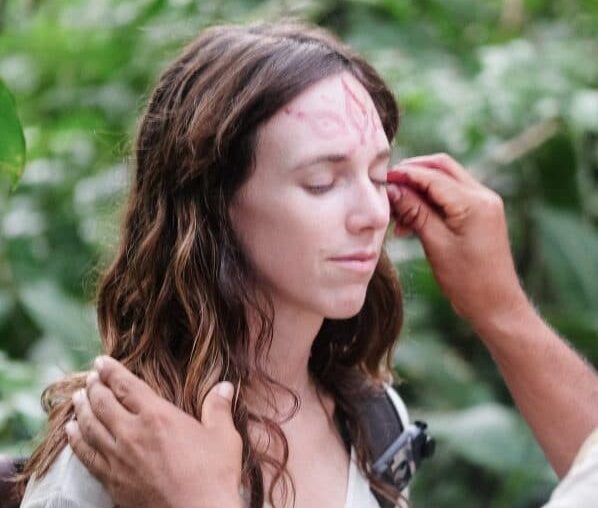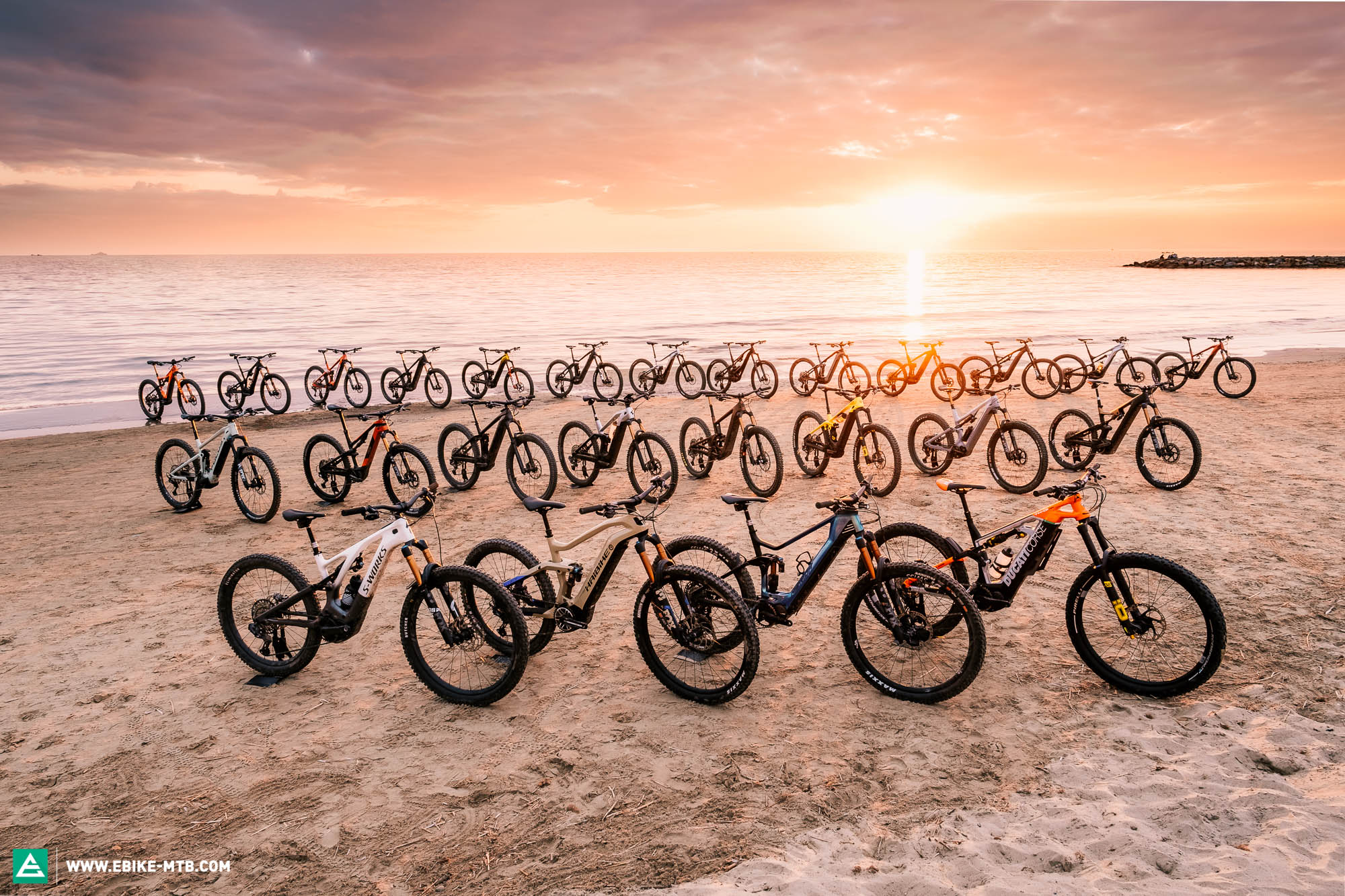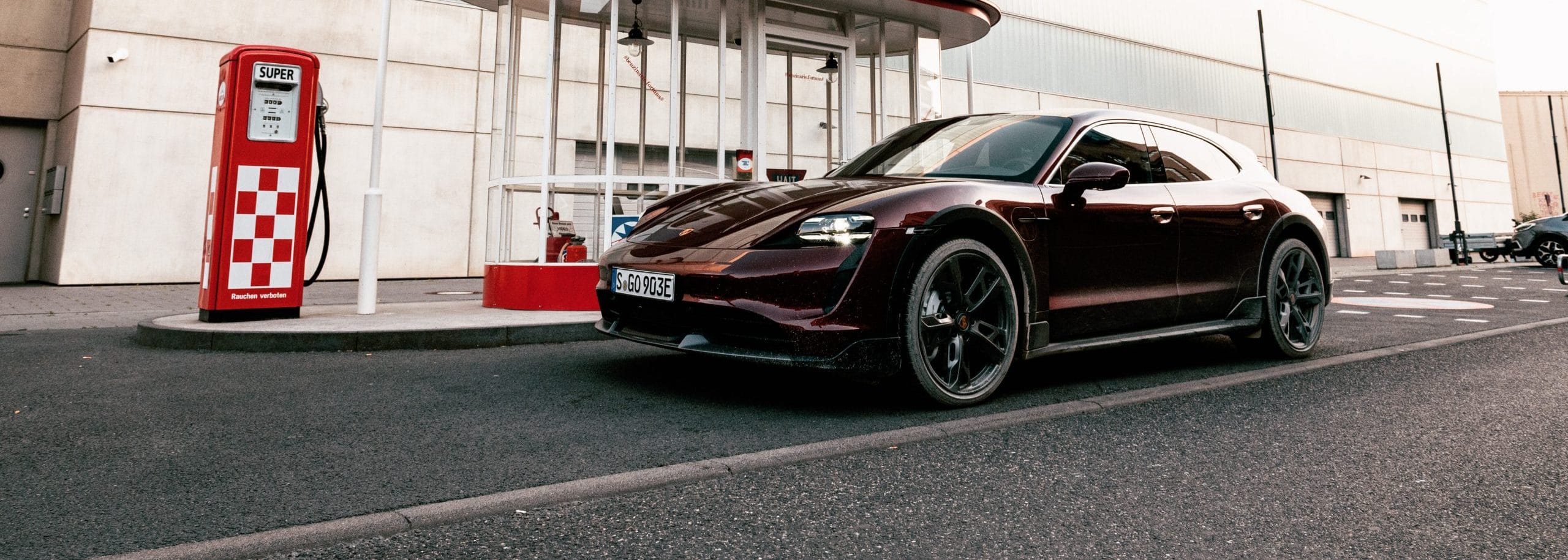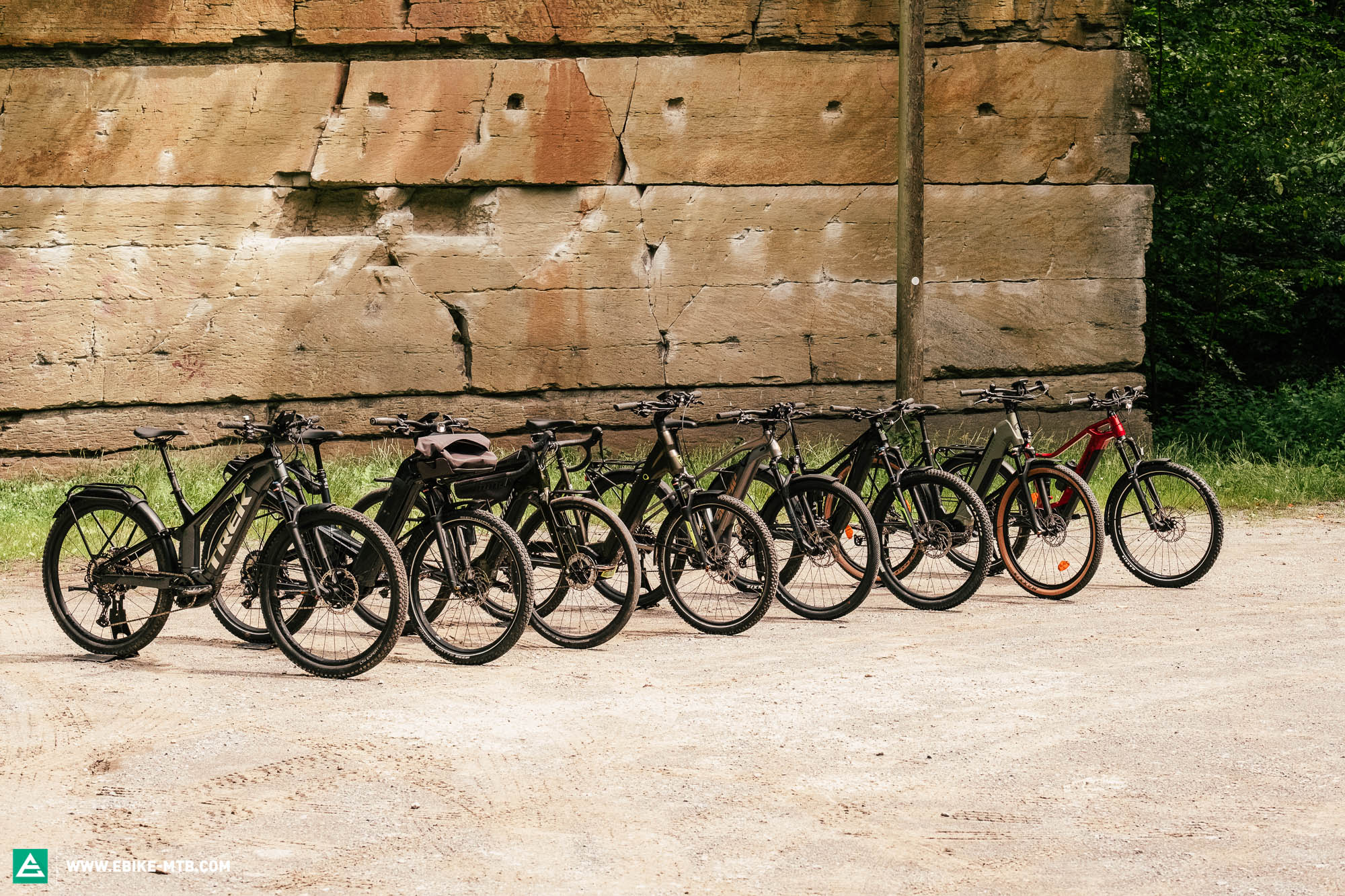You might be surprised to know that my husband and I spent three weeks in Peru, and never participated in an ayahuasca ceremony.
After all, there are several reasons why you would think we would jump at the chance. Ayahuasca is immensely popular at the moment, especially among Burners (frequent Burning Man attendees) like us, who mindfully use psychedelics both recreationally or more seriously to seek out some inner wisdom. We also journeyed to the birthplace of psychedelic mushrooms in Mexico. We’ve even done ayahuasca before, in a ceremony in Brooklyn. We thought it was a really beneficial experience, but thought the next time, we should do it in a more authentic location, in nature.
(Related: Can Illegal Drugs Be Sustainable and Ethical?)
And when we revealed to our network of friends that we were on our way to Peru, someone recommended we go to Pisac, near Cusco, where there’s an ayahuasca temple. We also know several people that have been down to Peru for multi-day ceremonies.
Honestly, how could we go to Peru for three weeks and not do ayahuasca?
Part of the reason is just poor planning, honestly. We had a lot we wanted to accomplish, we were planning a lot last minute, and when we took a look at all the factors, we decided it probably wasn’t the best idea for our schedule.
Instead, we decided to use that time to visit the Madre de Dios region in the Peruvian Amazon on a four-day immersive experience arranged by Lokal.* Little did we know that ayahuasca and spirituality would be part of our experience. Just not the way we expected.
The upscale Posadas Amazonas lodge, which is owned and run by the indigenous community, is a 45-minute boat ride up the river from the small town of Puerto Maldonado, tucked into the rainforest. The main goal of most of the tourists who visit this pristine wilderness is to see wildlife such as jaguars, macaws, and monkeys in their habitat, plus support the preservation of the Amazon through their tourism dollars. And on our first two days, we did just that, waiting in a blind to see macaws, and fishing for pirañas.
But the real value to me was learning about the local indigenous culture, the Ese’Eja. The resort pairs each couple or group with an Ese’Eja guide, who takes you on nature walks and joins you for every meal, almost like a summer camp for eco-tourists. We were paired with Gilbert, a local man with a trim physique and excellent wildlife tracking skills honed over years of hunting local wildlife. (Nobody is allowed to hunt in this area except for the Ese’Eja, who do it mindfully to feed their families.) Gilbert was reserved at first, and stuck to the script, telling us only about the local wildlife and environment. Once, on a night walk, he shone his flashlight on a massively poisonous spider, and teased me when I jumped back.
But one day he asked us, as we walked down the path to the river together, if we had ever heard of ayahuasca. We hesitantly said yes, but waited for more, not wishing to reveal our gringo ignorance or guide the conversation. He was surprised. After all, the kind of tourists who visit Posadas Amazonas aren’t the same kind who are using frog poison in Tulum or going to music festivals upstate. We told him simply that a lot of our friends have participated in ayahuasca ceremonies, in Peru and in the U.S. This plant medicine, he said as we launched from the shore in a long boat and glided upriver, was believed by the locals to show you the truth. But it’s not to be taken lightly.
(RELATED: What to pack for a trip to Peru.)
I guess he decided we were OK, because that night at dinner, he opened up to us and spun a long tale about his grandfather the shaman, a powerful healer in the local community who passed away after healing a young woman who had fallen under the dark magic of another evil shaman. I was enraptured by this classic story of good versus evil, of animal and forest spirits taking shape to serve their masters.
The next day, a group of us visited a medicine center that serves the local population, called Centro Etnocultural Botánico Ñape. It was founded in 1986 (long before the current ayahuasca craze among Westerners started) by a federation of native people living in the Madre de Dios area of the Amazon, to provide low-income people with plant medicine and the services of a healer. As we walked through the garden, we stopped at sign that said, “ayahuasca.”
This was it! The vine that we had heard so much about and even drunk a bitter broth of in Brooklyn. And it was growing right in front of us with a helpful placard and an indigenous guide who specializes in spirituality, Jarrison, to explain it to us.
And I will tell you that we learned over those few days in the jungle with our amazing indigenous guides showed us that it was probably the right decision to not do ayahuasca while we were in Peru, at least at that point.
If you read this whole article and decide you want to do ayahuasca in Peru, then that’s great! You go in with all the information you need. But if you read this and you decide you don’t want to, that is also great, because you’re making the best decision for you.
1. Ayahuasca is a serious commitment, not a tourist activity.
For the indigenous Ese’Eja community, if the doctor can’t find a physical reason for your symptoms, you can go to the community healer to address the spiritual disease. And they take ayahuasca as seriously as any medical treatment.
Ayahuasca is not a party drug. It’s an incredibly strong psychotropic substance that will send you on an all-night psychological journey that is many times more powerful and incapacitating than a full dose of LSD. People do not take it because it’s fun, they take it because they are struggling with something or want to improve themselves. They take it because it is said to do the work of eight years of therapy in eight hours, and to also help finally kick an addiction or help with severe depression. Therapy, as you might know, is hard. There is crying, there is darkness, and then there is movement forward and healing once you find something approximating the truth. So it is with ayahuasca, but mightily condensed and amplified.
So dropping into a retreat while you happen to be in Peru, without much preparation, would be sort of like showing up to climb Mount Kilimanjaro with a pair of sneakers and a vague wish to do something cool. It’s just not a good idea. People do it, especially naive tourists who see a sign advertising it when they arrive to the jungle. But I really do not recommend this.
As we discussed the possibility of doing an ayahuasca retreat, we asked ourselves: Is there something we needed or wanted to work on? And the answer was… no, not really. At that point, we were four months into a wonderful world tour, we were on firm ground in our relationship, and we were just sort of taking it all in and having a good time. Why squeeze in eight years of therapy when we didn’t need it?
2. It’s hard to find an authentic ayahuasca experience these days.
My husband isn’t a gringo. He’s Venezuelan. But he didn’t grow up in an indigenous community. I am the gringiest of the gringas. And the more I learned about ayahuasca, the more I was wary of
stumbling into a situation where I was being relieved of my money in return for an inauthentic experience that is disrespectful of indigenous culture.
Let’s go back to the retreats that I was told about in Cusco. Cusco is in a place called the Sacred Valley, a popular destination for tourists who are seeking a more spiritual and meaningful travel experience amongst the Inca ruins. It would make sense that you could have a plant-medicine ceremony of ayahuasca while you’re there, right?
Wrong. Ayahuasca is a vine that grows in the Amazon, which is combined with another plant, chacruna, to create the drink that will send you on your spiritual journey. Cusco is in the Andes mountains. “In Cusco, the master plant is San Pedro and the coca leaf,” Jarrison explained. And the indigenous groups that live in the Amazon are completely different in culture and ethnicity from the descendants of the Incas that live in the Andes.
So, different culture, different ecosystems, different plants.
The center we visited in Madre de Dios, for example, does administer ayahuasca, but also a variety of other plant medicines with more mundane uses, like kidney problems, arthritis, or a cough. It does have a lodge for visitors, who have to pay for services, while locals can avail themselves of the services for free. In other words, this center is authentically created by and for the locals, and run by a true indigenous healer, who has trained for seven years eating nothing but yucca, banana, and rice.
“In Cusco, you will find a lot of people selling this ceremony,” Jarrison said. “It is a business. Here, people who don’t have money, they can pay in beef, in bananas. Here, the mission is to help people.”
3. Some retreat centers are dangerous.
Ingesting ayahuasca, especially in a foreign country amongst people who don’t speak your language, puts you in a vulnerable position.
“Really, some people are doing these ceremonies and cannot control it,” Jarrison said. “They are opening a window into the spiritual world and cannot close it.”
Gilbert had told us that a good healer can stop a ceremony, waving away the spirits and closing it down if things are going wrong. I had never heard of that before. Perhaps the healers who operate in the U.S. are not as skilled?
Aside from a lack of experience, not all shamans are benevolent. Gilbert’s grandfather was felled by the spell of a shaman practicing black magic. As the story goes, the evil shaman’s son was in love with a young woman. When she rebuffed his advances, the son went to his father the shaman for help. The evil shaman cast a spell on the young woman, who started to die. Her family took her from healer to healer, who all said they couldn’t help, until they reached Gilbert’s grandfather, who took the evil spell on himself in order to save her. All this magic, but really we have a regular old tale of a man who wants a woman and won’t take no for an answer.
So yes, when you give some men a lot of power and trust, sexual assault does happen, especially since the industry isn’t regulated, nor does it have a certifying body. There have also been reports of psychoses and even deaths.
Even just the thought of being in a powerful ceremony in an unfamiliar place with a shaman who is not particularly caring or helpful freaked me out.
“I recommend if you’re going to do this experience, you should know the shaman,” Jarrison told us.
But how are you supposed to really know the shaman if you’re a gringo who lives in Brooklyn? That’s a difficult proposition.
Knowing all this before we got to Peru, I got in touch with an acquaintance who is extremely knowledgable and plugged into the scene. She pointed me to a retreat center, but she said that it was probably already fully booked, as it was coming up fast. And when we visited the medicine center in Madre de Dios, for about 10 seconds I thought, “What if we stayed to do a retreat here?” But then we remembered this next point…
4. You have to prepare properly for an ayahuasca experience.
We knew this from our last ceremony, but Gilbert warned us again: you have to be very fastidious about preparing for your ceremony, or Mama Aya will punish you. You could call it a bad trip, but you won’t get what you need out of the experience.
For at least three days before the ceremony and three days after, you cannot have sugar, oil, spicy food, dairy products, fermented foods, pork and red meat, caffeine, or sexual contact.
No pisco sours, yogurt, alpaca or cui, tea or coffee, or sexual contact with my husband? Honestly, the idea of managing my diet so closely while we were traveling through such a rich culinary culture was just not appealing to me. Or trying to eat so clean while traveling anywhere, for that matter. That takes a lot of prep and focus, which is hard to do when you don’t have access to a kitchen.
We could have stayed to do a ceremony in Madre de Dios, but there weren’t any good vegan restaurant in town to help us prepare, and that is a total of at least seven additional days that we didn’t really have.
5. There are a lot of other worthwhile things to do in Peru.
Out of all the countries we visited during our six months in Latin America, Peru was the most diverse and culturally rich. Only Mexico came close. From the deep blue Pacific waters breaking against the arid coastal capital city of Lima, to the dense Amazon jungle, and up to the Andes mountains, there are more ecological zones, animals, and cultures than you could ever see even if you had a year to do nothing but travel around. There are hikes to take, llamas to pet, cuisines to sample, fashion to shop for, ruins to visit, and so, so much to learn. In this context, taking three to seven days out of our time and giving up some of these other experiences didn’t seem worth it to us.
But, who knows? As we move through this year of change and learning and growth, we might find ourselves at the end of our travels and looking for some way to synthesize and process everything that we learned, and to make a decision about the direction of our life together.
Maybe then, we’ll go back to Peru to do ayahuasca, the proper way.
Tell me in the comments: Have you tried or wanted to try ayahuasca? What was your experience?
*Lokal provided me with this experience for free. The article above is my honest opinion and true experience, and I’m so grateful to Lokal for introducing me to these amazing people.





